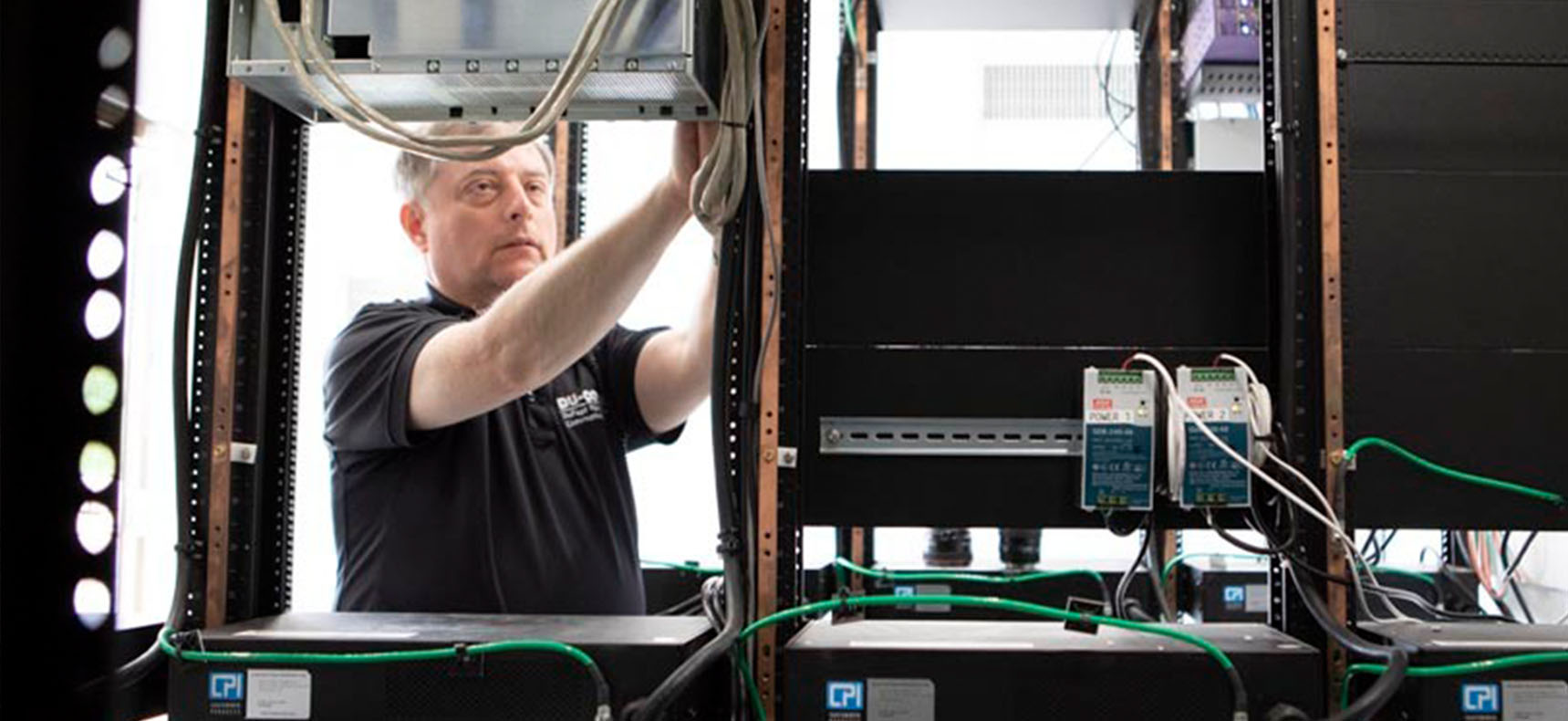If you are like most people your eyes start to glaze over when the conversation turns technical, and let’s face it, talking two-way radio communications can sound like another language. SJM Industrial Radios wants you to know what we are talking about, so that you know what you need.
- AC – Alternating current – electricity moves in two directions, the most efficient way to move electricity over long distances.
- Analog – First generation of wireless communication technology based on variable waves or pulses. Analog networks have limited capacity, features, and range. Analog may limit the ability to expand and grow along with your business. Analog is like trying to grow an oak tree in a ceramic pot…it will never grow to it’s potential.
- Bandwidth/Spectrum – The capacity of the wireless network. How much data your network can carry.
- Base station – a mobile two-way unit commonly used in vehicles.
- BDA –Bi-directional amplifier (BDA) –A BDA is part of a distributed antenna system. It boosts the radio signals to help provide coverage of an entire facility including underground parking, stairwells, tunnels, and other challenging environments.
- BER – Bit Error Rate – lower BER means less noise and better quality signal.
- Capacity Plus – Repeater/antenna systems designed to site needs that ensure strong reliable coverage.
- Capacity- The amount of information that a network can effectively handle.
- Coverage – refers to the distance or range of a two-way radio communication network.
- DAS distributed antenna system – communications systems comprised of multiple antennas that are connected to a shared transport medium. DAS aggregates all the antenna signals in the system into a common signal that covers an entire facility.
- DC – Direct Current – electricity moves in only one direction.
- Digital – Digital technology uses x’s and o’s that produce uniform waves or pulses that increase both the amount and the speed of data that can be transmitted. In two-way radio communications digital is state of the art. Digital provides the most powerful equipment and the most reliable wireless networks, as well as many features not available in analog, like GPS, text, and work ticket systems to name a few. Digital systems can expand and grow to meet the changing needs of your business.
- Dispatch console –tracks radio locations (GPS), identifies incident areas and coordinates response teams
- Duplex – data can travel in both directions simultaneously
- Encryption – Ensures secure communications
- ERRC- Emergency Responder Radio Coverage code. International and national fire codes to ensure reliable communications for first responders during a disaster.
- FCC – The Federal Communications Commission is the independent regulatory body that oversees all types of communication methods including two-way radios.
- Frequency – Radio signals are transmitted as oscillating waves. Frequency is the specific speed of the oscillation or “signal”. Two-way radio frequencies operate within a specific bandwidth assigned by the FCC.
- Frequency congestion – occurs when too many networks or users are operating on adjacent frequencies causing interference or interruption.
- IMPRES – The next generation energy for digital radios. A better battery: longer lasting, more reliable, safer, and smarter.
- Infrastructure – communication system…repeaters, antenna, amplifiers.
- IP site connect – Internet protocol connect is a technology that allows virtually unlimited range for two-way radio communication across town or across the country.
- Line of Site –antenna placed at a high point so that radio waves move unobstructed to the receiver.
- Linked Capacity Plus – Capacity Plus utilizing IP site connect-utilizes internet to create networks across long distances.
- LTR Passport – Logic Trunked Radio – analog version of repeaters.
- Mixed Mode – a trunk system that accommodates both digital and analog signals. Used primarily during migration from analog to digital.
- Omni directional antenna – distributes radio waves equally in all directions.
- PTT – Push To Talk – holding down the transmit button while talking over two-way radios.
- RDAC – Repeater Diagnostics and Control (RDAC) a tracking and trouble shooting tool that allows a system administrator the ability to monitor and control repeaters within the system.
- Receiver – collects (receives) radio signals
- Repeater – Equipment used in wireless digital communication to receive a signal from a two-way radio and boost the signal to make it stronger without amplifying static, noise, and interference. This means better voice quality over a wider range. A series of repeaters can expand coverage over long distances.
- RSSI – Radio Signal Strength Indicator – RSSI measurements represent the relative quality of a received signal on a device. … RSSI is measured in negative numbers, so a number closer to zero means better signal. -100 means no signal -10 is a strong signal.
- Simplex – transmitted data moves in only one direction
- Spectrum efficiency – Optimizing use of the entire bandwidth so that the maximum amount of data can be transmitted with the fewest errors.
- Telemetry – Technology used for GPS
- Transmitter – sends (transmits) radio signals
- Trunk – In a tree, the trunk carries nutrients to all the branches and leaves. In communications, a trunk is a shared line or link that can carry multiple signalssimultaneously from one location to another and on to multiple end users.
- Two-way radio – A radio that can transmit and receive radio signals (aka walkie-talkies).
- UHF Ultra High Frequency
- VHF Very High Frequency
- VOIP – Voice over Internet Protocol
- Yagi antenna – distributes radio waves in a single direction. Most often used to transmit from one point to another.

